Composers / Fryderyk Chopin / Routes

Trasa Warsaw cafés – disputes between Classics and Romantics
Despite the vicissitudes of history, the first decade of the nineteenth century was a prosperous one for Warsaw. Several new buildings were put up and many old palaces and mansions were rebuilt or put to other uses. Societies, charitable organisations, theatres and bookshops were opened. Ferdynand Hoesick proudly depicts the capital as it was then: ‘As the hub of the intellectual movement, Warsaw was similarly ahead of everywhere else in Poland at the time. The wonderful sun of Wilno [now Vilnius, Lithuania] was already setting. The soft half-light of a literary dawn held sway in other cities – Kraków, Lwów [now Lviv, Ukraine] and Poznań. The sun was due to rise, but not just yet. For the time being, everything was concentrated on the Vistula, in the capital of the Kingdom of Poland. That is where the most outstanding men of letters lived. That is where most periodicals were published. That is where interest in literary matters was greatest’.
The cafés of Warsaw, some of which were especially popular, were where people went for artistic disputes. This included the young Fryderyk Chopin, a curious and companionable youth, who liked to meet up with friends and catch up on the latest gossip and theatre reviews. The Warsaw café trail mainly follows ul. Miodowa. This is where the ‘Pod Kopciuszkiem’ [Cinderella] (which mainly enjoyed the patronage of the Classical camp), the ‘Dziurka’ [Keyhole] (the favourite place for students and Romantic bohemians), the ‘Honoratka’ (associated with the legend of the November Uprising) and the Lourse patisserie, which was famous for its ice cream and chocolate desserts, could all be found. The ‘U Brzezińska’ café was on ul. Kozia. Some biographers would like to think that Chopin popped in here for a farewell coffee the day he left Warsaw in 1830. Yet the whole of Warsaw went to the ‘Wiejska Kawa’ [Village coffee], which drew people in for its delicious crayfish and asparagus, as well as its excellent coffee.
-

Honoratka’s café. Phot. Waldemar Kielichowski.
-
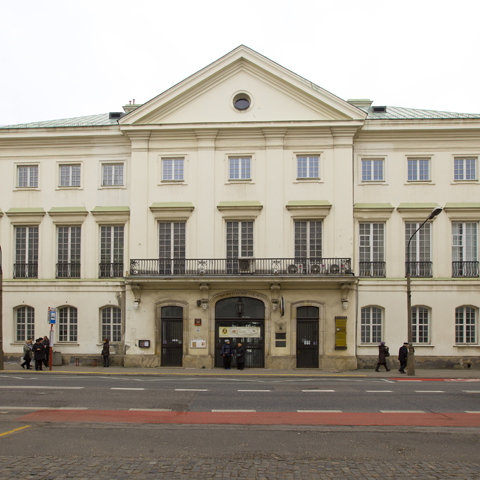
Honoratka’s café. Phot. Waldemar Kielichowski.
-

Honoratka’s café. Phot. Waldemar Kielichowski.
-
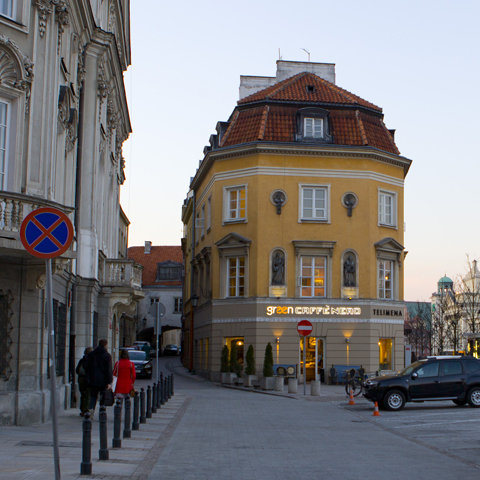
Kozia Street. Place where was situated ”U Brzezińskiej” cafe. Phot. Waldemar Kielichwoski.
-
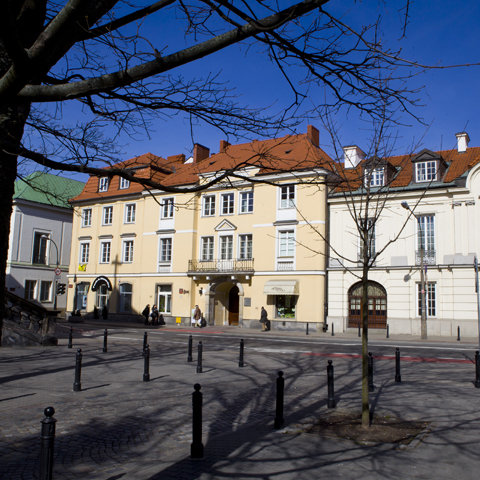
Miodowa 12. Place, where was located the Patisserie Lourse. Phot. Waldemar Kielichowski.
-
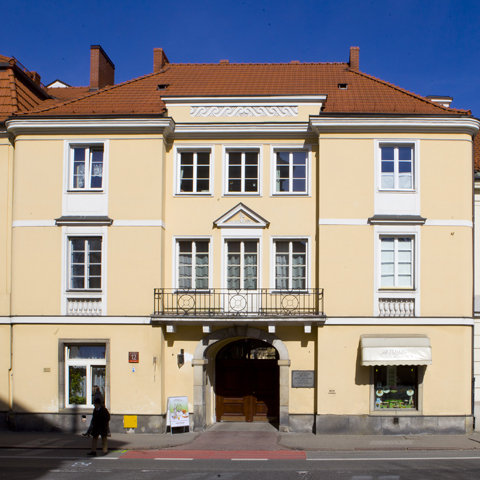
Miodowa 12. Place, where was located the Patisserie Lourse. Phot. Waldemar Kielichowski.
-

Miodowa Street and Route W-Z tunnel. Place where were located ’Pod Kopciuszkiem’ and ’Dziurka’. Phot. Waldemar Kielichowski.
-
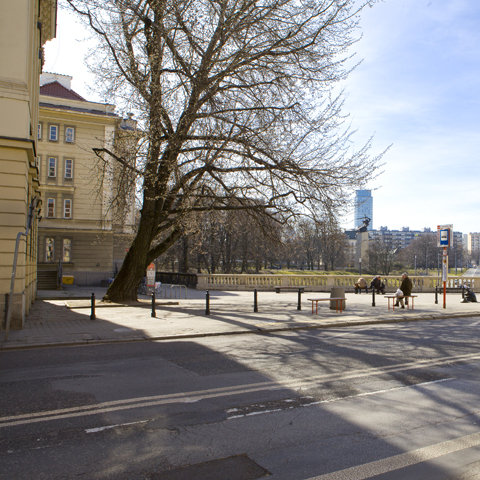
Miodowa Street. Place where were located ’Pod Kopciuszkiem’ and ’Dziurka’. Phot. Waldemar Kielichowski.
-
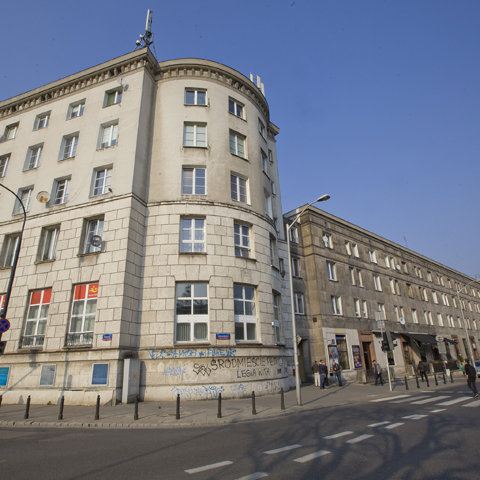
Place where was located ‘Wiejska Kawa’. Phot. Waldemar Kielichowski.
-
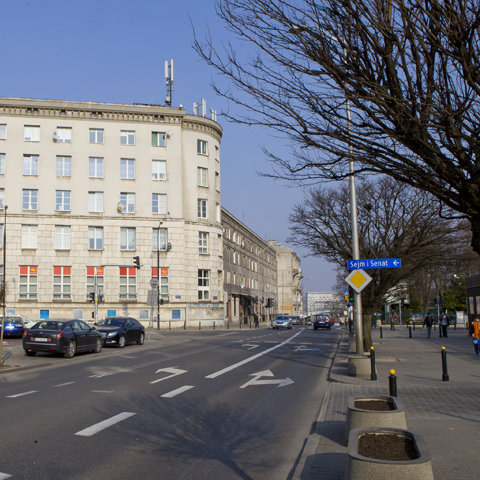
Place where was located ‘Wiejska Kawa’. Phot. Waldemar Kielichowski.
-
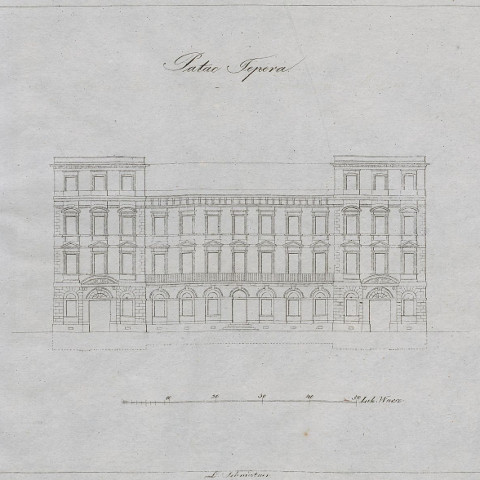
The plan of doesn’t exist today Tepper Palace. Phot. Zbiór celnieyszych gmachów miasta stołecznego Warszawy : częścią z natury zdjętych, a częścią podług istniejących planów rysowany i litografowany przez Leonarda Schmidtnera. Mazowiecka Biblioteka Cyfrowa.
:
Fryderyk Chopin – Allegretto in F sharp major [WN 36] (1829–1831) – Tatiana Shebanova (piano Erard, 1849), NIFCCD017, (C)(P) The Fryderyk Chopin Institute
Fryderyk Chopin – Polonaise in B flat major, Op. 71 No. 2 [WN 17] (1829) – Marek Drewnowski (piano Erard, 1849), NIFCCD019, (C)(P) The Fryderyk Chopin Institute
Fryderyk Chopin – Variations in A major `Souvenir de Paganini` on Paganini`s `Carnival of Venice` [WN 16] (1829) – Tatiana Shebanova (piano Erard, 1849), NIFCCD017, (C)(P) The Fryderyk Chopin Institute
:

14 Miodowa Street

12 Miodowa Street

‘Pod Kopciuszkiem’ and ‘Dziurka’ »
Miodowa Street (Tepper Palace/W-Z Route)

1 Kozia Street

Wiejska Street